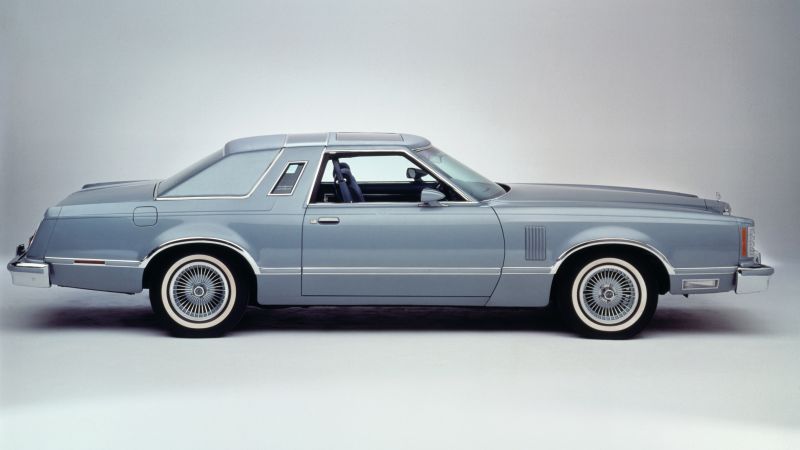During the 1990s, a certain type of American car that had existed for decades became virtually extinct. These were big, inefficient, not very practical, but strikingly showy and handsome vehicles known as “personal luxury cars” like the Chrysler Cordoba, Buick Riviera, Cadillac Eldorado, and Oldsmobile Toronado. These cars made a statement about the owner’s superior taste and carefree lifestyle, not requiring the practicality of back doors. While two-door cars do exist today, they are mostly high-performance sports cars not intended for comfortable cruising, highlighting the allure of the older “personal luxury coupés” that can command higher prices from collectors.
The design and technology showpieces for their respective car brands, these “personal luxury coupés” were long, low, and stylish. With models like the Buick Riviera offering the first touchscreen in a production car in 1986, these cars featured higher technology due to their lower production numbers and premium pricing. Even today, these big two-door models have a certain allure at car shows with their long hoods, ample chrome, and awkward access to often reasonably-sized back seats. Car designers appreciate the striking proportions of two-door models, including long hoods that evoke power and tapered, aerodynamic back ends, making them a timeless statement piece.
The upsurge in “personal luxury” styling is credited to the Ford Thunderbird introduced in 1955 as a competitor to the Chevrolet Corvette. While the Corvette evolved into a sports car, the Thunderbird became a comfortable cruiser with added back seats, setting the stage for similar models from other manufacturers. Two-door vehicles became an individual or specialty statement, diverging from the practicality and family need associated with four-door cars. While the run of roomy two-door models lasted for several decades, by the 1990s, the landscape had changed, with performance models like the Mustang and Corvette dominating the market.
A number of factors have contributed to the niche status of two-door cars today. The rise of SUVs has pushed all types of cars to the fringes, regardless of their door count, with cars making up less than 20% of all new vehicles. Child safety regulations have also played a significant role in the decline of two-door cars, with the requirement for child safety seats making access to back seats in two-door vehicles more challenging. While some European luxury car manufacturers like BMW, Audi, and Mercedes-Benz still offer two-door models, they are mostly seen as luxury items rather than practical choices for everyday use.
The lasting allure of two-door cars lies in their representation of style and taste, even in a market dominated by practicality and performance. While the practicality of four-door models may be preferred for family use, two-door cars continue to attract those who value design and aesthetics over functionality. Despite their decline in popularity, there remains a market for two-door cars that prioritize individual expression and luxury. As car manufacturers adapt to changing consumer preferences and regulations, the legacy of “personal luxury coupés” lives on in the hearts of collectors and enthusiasts who appreciate their timeless appeal.















